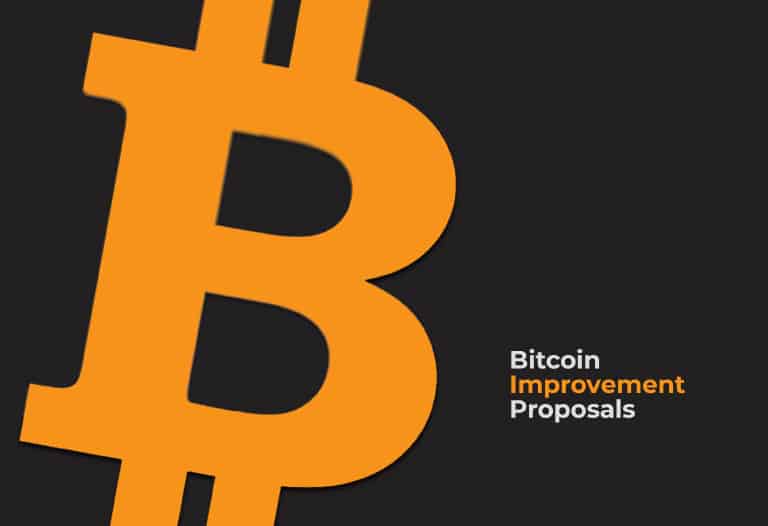
Table of Contents
ToggleSatoshi Nakamoto creation, Bitcoin, has managed to forge one of the largest communities on the Internet. But the reason for Bitcoin’s existence was not to fill the Internet with memes. Although Satoshi is surely enjoying them wherever he lives, the main motive of Bitcoin is to create money without trusting third parties. Therefore, transparency is a key factor in achieving success.
In line with this philosophy, in 2011, a form was devised to propose changes and improvements transparently and openly to the community.
What are the BIPs
BIPs (Bitcoin Improvement Proposals) are a method for proposing improvements and changes to the Bitcoin community. This way of publishing proposals has become, in fact, a standard in the industry. For example, we can see that Ethereum has copied this model through Ethereum Improvement Proposals (EIPs). And not only Ethereum, but many more communities such as Stacks use it.
Types of BIPs
There are 3 types of BIPs, standard, informational and process BIPs. In general most BIPs are standard, which properly describe Bitcoin enhancements. The other two types serve additional and boring functions.
- The standard BIPs are the ones that affect most Bitcoin implementations and their interoperability. They are the ones that describe improvements, the ones we are interested in.
- The Process BIPs are used to organize the process of publishing BIPs. Basically they are just the rules for publishing BIPs, since you can’t publish a BIP to propose developers to follow you on Instagram. But on this blog I can, follow me at @bitcointhinking.
- The Informational BIPs, as the name suggests, only provide information or recommendations to the community and do not necessarily represent the opinion of the wider community. They can therefore be freely ignored.

Types of improvements
The standard BIPs, the interesting ones, are classified according to the layer they affect. The four layers are: Consensus, Peer Services (Peers), API/RPC and Applications.
BIPs that affect the consensus layer require a soft fork or a hard fork. These are changes that affect the entire network and its consensus. For example, if a new type of address were to be proposed, it would require a change in the consensus (as with Taproot).
BIPs that affect peer-to-peer services specify how Bitcoin nodes communicate on the network and transmit information. If we propose a message that nodes can transmit over the network, it will fall into this category.
API/RPC BIPs describe calls that applications make over the protocol. Programmers will have a better understanding of this concept.
And finally, application BIPs deal with high-level structures, abstractions and conventions to facilitate . An example would be the specification of wallets that generate 12- or 24-word seeds.

List of BIPs
For the curious, the list of BIPs can be found here. BIPs are a good read for learning about Bitcoin technically although it is not affordable for everyone.
In addition, in Bitnovo blog we have explained the BIPs 118, 119 and 300, which have a great chance of ending up implemented in Bitcoin.
In any case, I think it is very important to be aware of the latest proposals and to understand that Bitcoin only changes if there is consensus. Bitcoin is a project that belongs to all of us!


